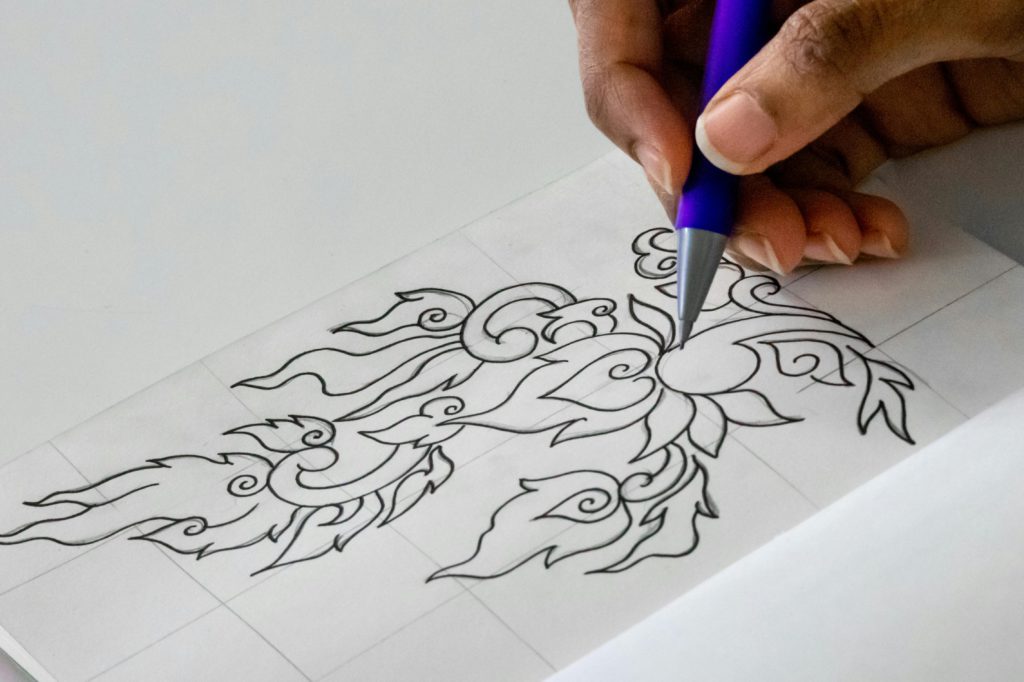Fine line drawing is a lot more intricate than some other art forms. It requires patience and precision. This is why learning the skills can take some time.

Fine line drawing is a delicate and intricate art form that requires precision, control, and a keen eye for detail. Whether you’re a budding artist or a hobbyist looking to enhance your skills, mastering the art of fine line drawing can be a rewarding journey. Here are some essential tips to help beginners embark on this artistic adventure:
Start with the right tools
The foundation of any fine line drawing lies in the tools you use. Invest in high-quality pens with fine tips, such as technical pens or fine liners. These tools provide the control needed to create fine and consistent lines. Experiment with different sizes to find what works best.
Choose the right paper
Selecting the right paper is equally important. Opt for smooth, heavyweight paper that can handle fine lines without bleeding or feathering. A good choice is acid-free paper, as it prevents yellowing and deterioration over time.
Practice control and consistency
Fine line drawing demands control over your hand movements. Practice drawing straight lines, curves, and intricate patterns to develop steady and controlled strokes. Consistency is key, so work on maintaining uniform line thickness throughout your drawings.
Master hatching and cross-hatching
Hatching involves creating parallel lines to add shading and depth to your drawings. Cross-hatching takes it a step further by layering intersecting lines. Experiment with different angles and spacings to achieve varying textures and tones in your artwork.
Observe light and shadow
Understanding light and shadow is crucial in fine line drawing. Observe how light falls on objects and experiment with shading techniques to create depth. Use fine lines to capture subtle gradations in shadows and highlights.
Develop patience
Fine line drawing is a meticulous process that requires patience. Take your time to plan your composition and execute each line with care. Rushing can lead to mistakes that are difficult to correct, so embrace the slow and steady approach.
Embrace negative space
Pay attention to negative space – the areas around and between objects. Utilising negative space effectively can enhance the overall composition of your drawing. It helps define shapes and brings balance to your artwork.
Study the masters
Learn from the masters of fine line drawing by studying the works of artists renowned for their precision and detail. Analyse their techniques, observe how they use lines to convey texture and form, and incorporate these insights into your own practice.
Experiment with cross-contour lines
Cross-contour lines follow the contours of an object, emphasising its three-dimensional form. Experiment with incorporating cross-contour lines into your drawings to add realism and dimension.
Seek feedback and learn
Share your work with others, whether it’s through online communities, art classes, or with friends and family. Constructive feedback can provide valuable insights and help you identify areas for improvement.
In conclusion, fine line drawing is a skill that develops with practice and dedication. By starting with the right tools, honing your control, and embracing key techniques, you’ll be well on your way to creating intricate and captivating works of art. Remember, patience and perseverance are your greatest allies on this artistic journey.






